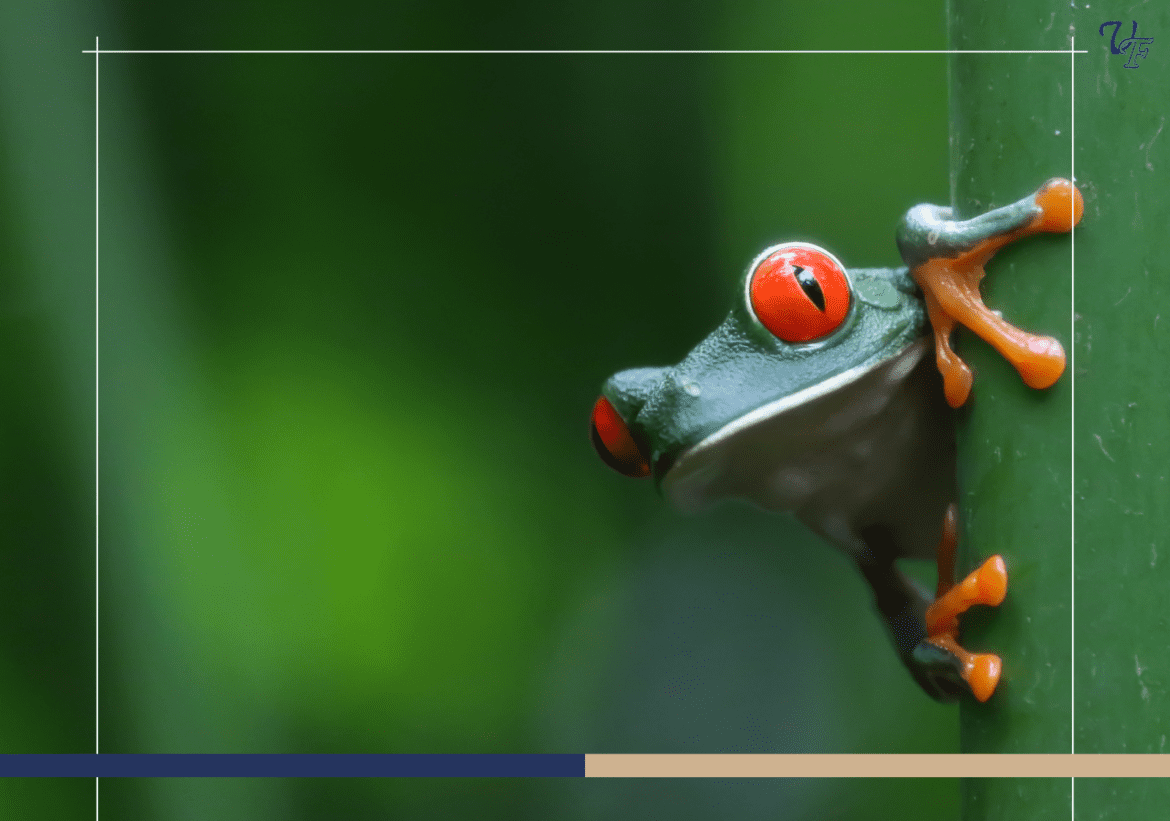Whether it is sun-kissed beaches, dense forests, or vibrant wildlife, Guanacaste is a living testament to the resilience and beauty of nature. With impressive biodiversity, the region throws open the curtain into the rich tapestry of life that makes it one of the most ecologically significant regions in Costa Rica.
Beneath the shimmering sun of northwestern Costa Rica lies Guanacaste, the region where nature writes its own symphony. The dry rustle of wind through treetops, the flash of a scarlet macaw cutting across the sky, and the deep roar of a distant howler monkey combine in a complex living orchestra.
All this Guanacaste biodiversity is conserved under the tutelage of multiple nature reserves scattered across Guanacaste, wherein efforts at conserving these ecosystems come as part of a structured effort to preserve its rich natural heritage.
This region is considered one of the most ecologically diverse in Central America, a dazzling array of species and habitats that make up Guanacaste. This blog post will explore the different ecosystems of Guanacaste, visit some of the exotic flora and fauna that define this region, and offer tips on responsible experiences with unique biodiversity through Guanacaste eco-tourism.

Unique Ecosystems of Guanacaste
Different ecosystems in Guanacaste contribute to the Guanacaste biodiversity. The landscapes vary from one panorama to another, covering habitats of an incredible number of species. This area ranks as one of the most ecologically diverse in Central America.
Several nature reserves in Guanacaste protect these different ecosystems so that flora and fauna can exist in these regions.
Dry Forests
Guanacaste is most popularly known for its tropical dry forests. These forests experience distinct wet and dry seasons, with trees shedding their leaves during the dry months. Despite the fact that it is dry, some plant and animal species are very well adapted to this ecosystem, even in the dry forests. Visiting Guanacaste wildlife in these dry forests often unveils species such as howler monkeys and coatis.
Coastal Regions and Mangroves
Coastal ecosystems—mangrove forests and beaches—provide habitats for different marine life species and serve as sites for sea turtle nests. The coastal biodiversity in Guanacaste is very important to the natural balance and food chain of the marine ecosystem, and eco-friendly tours in Guanacaste allow visitors to see these tropical landscapes of natural splendor.
Wetlands
Wetlands, like the Palo Verde National Park, are home to a great variety of bird species and exotic wild animals. Such freshwater systems play an essential role in the ecological landscape as stopovers and breeding grounds for migratory species and local populations.
Numerous nature reserves are found in Guanacaste, which underlines the importance of protecting such wetlands for their role in regional biodiversity. Each ecosystem contributes to the overall health and diversity of the region and depicts a rich play of land and sea, forest and river.
Flora of Guanacaste
Guanacaste is very rich in native flora, with most species having adaptations to survive the dry hot conditions of the region.
Some of the notable species are:
- Guanacaste Tree (Enterolobium cyclocarpum): This is one of the national trees of Costa Rica. The Guanacaste tree, with ear-shaped seed pods and an immense canopy, symbolizes strength and protection.
- Guanacaste Bombax (Pseudobombax septenatum): The Guanacaste Bombax tree is another vital species in dry forests. It is famous for its straight and tall white trunk. The flowers bloom before the onset of the rainy season and add a splash of color to the landscape.
- Candelillo (Gochnatia hypoleuca): This shrubbed species grows mostly in dry forests, where it produces slender white blooms. Candelillo thrives well in arid climatic conditions and is a major source of food for the wildlife living there.
- Nance (Byrsonima crassifolia): The Nance tree bears small yellow fruits, which are very favorite of the local dwellers and other wildlife species. Its fruits are also used to prepare traditional Costa Rican dishes, thus proving that this species serves as a major element both for the ecosystem and human culture.
- Cornizuelo (Pithecellobium saman): The Cornizuelo, or rain tree, is a flagship species for the ecosystem of Guanacaste. Its large canopies provide shadowing and shelter for many animals.

Fauna of Guanacaste
Guanacaste is a tapestry of diversity and vibrant wildlife, from brilliant bird species to a fascinating mammalian population. These are just the most iconic species you could possibly encounter while exploring Guanacaste wildlife:
Most Common Birds to Spot in Guanacaste –
- Resplendent Quetzal: This bird has blue and green iridescent feathers and a long tail. It has a wide range, spreading in the cloud forests and within the nature reserves in Guanacaste.
- Scarlet Macaw: This world-famous species is known for its bold red, blue, and yellow colors. It is certainly one of the most fantastic species to encounter and witness in Costa Rica.
- Turquoise-browed Motmot: This blue-and-green feathered tropical bird easily catches the eye due to its outstanding feature—the racket-shaped tail.
- Long-tailed Manakin: Much smaller in size than other species, this bird was spotted proudly flashing colors in courtship dances, making it even more interesting to observe.
- Great Green Macaw: The rarest of birds, this species is highly endangered yet brings rare pleasure to those eyes lucky enough to spot it.
Most Popular Animals to See in Guanacaste –
- Howler Monkeys: Because they make very loud vocalizations, they can be heard from a very large distance, so you will certainly see many of these creatures in the Guanacaste nature reserves.
- White-tailed Deer: These are the beautiful and elegant animals, found in the forests and open grasslands, hunting throughout the dawn and dusk.
- Coatis: Racoon-like in appearance and curious by nature, coatis feed for much of their day and can often be seen rummaging through whatever they might find on the ground.
- Sloths: Both two-toed and three-toed sloths can be found and are often seen in trees, hanging or curled up.
- Jaguarundis: A small, shy wild cat, not often sighted, but an important member of the feline predator population in the region
How to Experience Guanacaste’s Biodiversity Responsibly
If you are planning to experience the natural beauty of Guanacaste, ensure that you do so in a responsible way that preserves the sensitive ecosystems of this region.
Here are some tips:
- Best Times to Visit: You will be able to comfortably view these ecosystems and the activities of the animals while visiting Guanacaste during the dry season (December to April). Animals are more active when viewed on an eco-friendly tour in Guanacaste.
- Guided Tours vs. Self-Guided Exploration: A guided tour can help you enjoy sightseeing much more and avoid harassing wildlife or sensitive ecosystems. Bahia Pez Vela nature activities allow access to a multitude of local wildlife while giving conservation first priority. On the other hand, self-guided tours are very much possible if you prepare adequately and learn how to appreciate nature on its own terms.
- Respect a Safe Distancing from the Animals: It is important to enjoy the views and scenery from a distance. Approaching wildlife closely may disturb them in their natural habits.
- Do Not Feed Animals: Feeding animals can have more negative effects as their dietary habits and natural ways become disorganized.
- Walk on Established Trails: Walking along marked trails ensures less harm to sensitive habitats and does not disturb wildlife unnecessarily in their natural habitat.
- Use Binoculars and Cameras Responsibly: Bring some binoculars to help you get a better view of animals eating, sleeping, and playing without stressing out them. However, avoid camera flashes that spook animals.
- Support Local Conservation Efforts: Consider donating to or volunteering with a local conservation organization working to protect biodiversity in Guanacaste and precious ecosystems.

Conclusion
The diversity of Guanacaste is a treasure of nature, and this region specifically is worth exploring and preserving—it has dry forests and wetlands, together with diversified flora and fauna.
Therefore, always respect the ecosystems during your trip to this area to support local conservation initiatives so that future generations can enjoy the natural beauty of Guanacaste.











